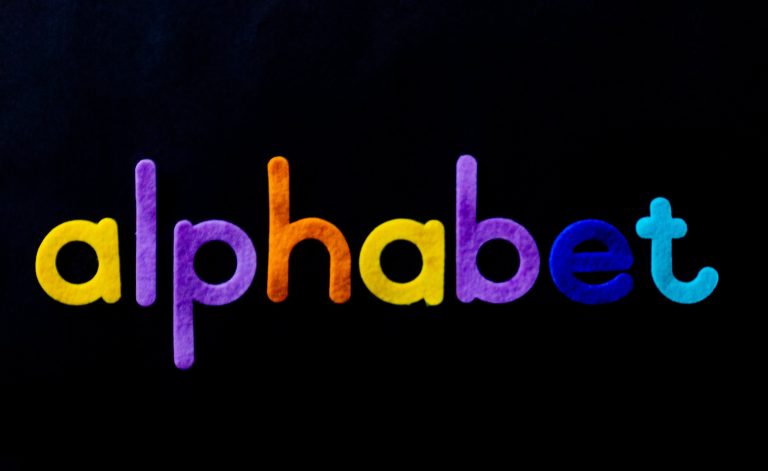Color is more than just a visual component in the dynamic field of graphic design; it’s a potent instrument that can elicit strong feelings, send messages, and change people’s perspectives. Color psychology, the study of how colors influence human behavior and emotions, is a major influence on how graphic designers express themselves visually. In this article we will discuss the significant influence of color psychology on graphic design, looking at the deliberate use of color by designers to improve communication and elicit particular reactions.
What is Color Psychology in Graphic Design?
Table of Contents
In graphic design, color psychology is the deliberate use of color to affect people’s feelings, perceptions, and actions. Color psychology is a tool used by designers to elicit particular responses and improve the overall impact of visual communication. Every color has innate meanings and associations that affect how a design is interpreted. For instance, cool colors like blue and green express trust and tranquilly, whereas heated colors like red and orange may communicate enthusiasm and vitality.
Color psychology in graphic design is more than just aesthetics; it’s essential to user experience, branding, and message reinforcement. Color palettes are meticulously chosen by designers to complement a brand’s identity, taking target customer preferences and cultural quirks into account. Color selections also affect how readable designs are and direct user interaction in digital interfaces. In the end, color psychology is a potent tool that gives graphic designers the ability to produce visually striking, emotionally charged images that successfully convey ideas and forge enduring brand identities.
The Impact of Color Psychology in Graphic Design
Color Associations and Symbolism:
Graphic designers use the connotations that colour has with human emotions and cultural meanings to create powerful visual experiences. Red, for example, is frequently used by businesses to evoke dynamism and excitement since it is connected to passion, energy, and urgency. On the other hand, blue is a good colour for corporate branding because it is frequently associated with professionalism, serenity, and trust. By being aware of these links between colours, designers can deliberately choose colour schemes that elicit the intended psychological and emotional reactions.
Branding and Identity:
Colour plays a fundamental role in identity when it comes to branding. Careful and consistent use of colour builds audience engagement and aids in brand awareness. Think of the red and white Coca-Cola logo or the golden arches of McDonald’s. These hues have established a strong and enduring association with their own businesses, leaving a lasting impact on customers. To create a visually appealing brand identity, graphic designers carefully consider colours in relation to a business’s values, target market, and positioning within the market.
Communication and Message Reinforcement:
In graphic design, colours act as a nonverbal language that designers may use to support brand narratives and deliver messages. A design’s colour scheme can highlight the message’s intended tone or elicit particular feelings in the viewer. To communicate friendliness and approachability, for example, warm tones like orange and yellow can be utilised; to communicate serenity and dependability, cool tones like green and blue might be used. Colour schemes that are in line with the desired message help designers make their visual communication more impactful and effective overall.
Cultural Considerations:
Cultural differences can greatly influence how people see colour, therefore graphic designers need to be aware of these subtleties. Something that in one culture might be associated with good fortune could in another with grief. When designing designs that are universally recognisable without unintentionally offending anyone, cultural awareness is essential. Expert designers handle this intricacy by carrying out in-depth research and modifying colour schemes to conform to cultural norms, guaranteeing that their designs are positively welcomed everywhere.
User Experience and Interaction:
Colour psychology is an essential component of digital and online design that shapes the user experience. Colour selection affects user happiness overall, readability, and navigation. High contrast colour schemes, for instance, improve readability by drawing attention to text and other crucial features. Additionally, by using specific colours to indicate activities or highlight interactive parts, designers may help consumers navigate through a website or application. This stratgic use of colour psychology results in a user experience that is easy to use and captivating.
Emotional Connection and Engagement:
Colors have the power to evoke visceral emotional responses, and graphic designers leverage this aspect to create designs that resonate with the audience on a deeper level. Whether it’s the calming effect of pastel hues or the energetic vibe of bold and vibrant colors, designers strategically use color to elicit specific emotions. This emotional connection fosters a memorable and lasting impact, making designs more compelling and shareable.
Trends and Evolution:
Color psychology’s influence on graphic design is dynamic; it varies in response to societal, cultural, and design trends. In addition to well-established colour theories, current zeitgeists can have an impact on designers. Design colour preferences shift along with changes in society values and aesthetics. Designers keep a close eye on these trends and follow suit, modifying their colour schemes to appeal to contemporary audiences.
Conclusion
Colour psychology is a key component in the complex field of graphic design, impacting how people see, recall, and feel about designs. Colour psychology has a wide-ranging significant impact on everything from branding to user experience, cultural sensitivity to emotional engagement. In addition to being experts in visual aesthetics, successful graphic designers are also skilled psychologists who comprehend the complex relationship that exists between colour and human perception. The use of colour psychology in graphic design is expected to continue to be a dynamic and essential part of the creative process as long as technology and design trends continue to progress.


